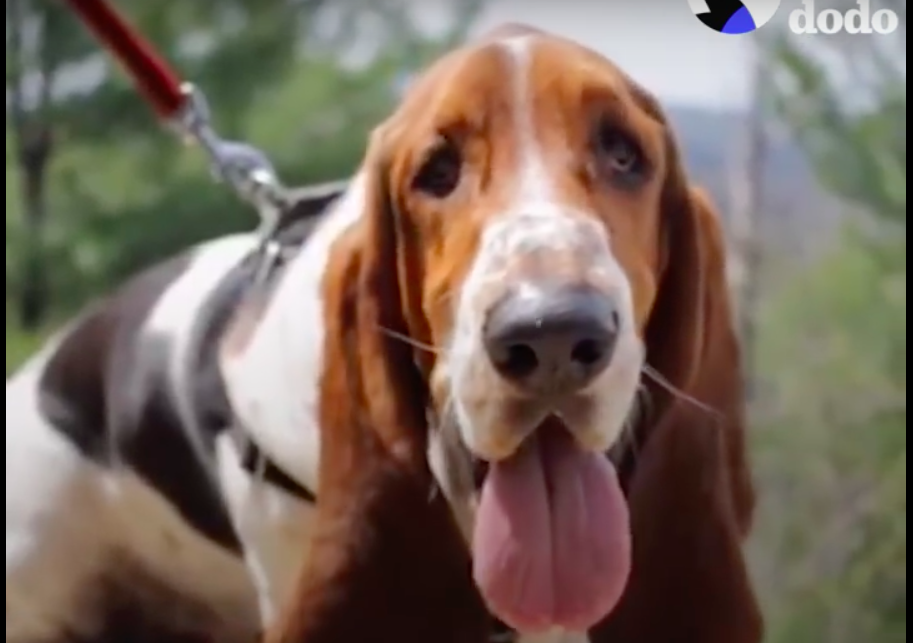With their droopy eyes, long ears and short stature, the basset hound breed can sometimes look like sad, old men. In truth, they are active, affectionate and loyal, and because of their pack nature, get along well with people and other pets, making them an ideal family companion.
Here are a few interesting facts about the Basset Hound breed:
- Some are dignified, but most are clownish. Almost all are reliably good-natured, sociable, and peaceful with everyone — strangers, children, and other pets, too. At a dog show, one can count on seeing cheerfully wagging tails in the Basset Hound ring.
- This is not necessarily the easiest breed to live with or train! Many people are very surprised, when encountering a Basset Hound up close, at how bulky and heavy this breed really is. They may be short-legged, but Bassets weigh 50 or 60 pounds and need a moderate amount of daily exercise to stay fit, even if they appear to be content snoring in front of the fireplace. Lazy owners have fat Bassets with concurrent health problems.
- When you do take your Basset Hound outdoors, you need to keep him in a fenced area or on-leash. This is a hunting hound with a powerful nose and a yen for the chase, and if he picks up an interesting scent and launches himself, your shouting and arm waving will fall on totally deaf ears. “Come” is not a command that Basset Hounds are eager to obey.
- Bassets are not eager to obey many commands. Stubborn and slow to obey (you should expect thoughtful, deliberate responses), the Basset Hound can exhibit an amusing sense of humor while doing his own thing. Yet he responds amiably to patient, consistent obedience training that includes praise and especially food rewards.
- Basset Hounds live for food, are champion beggers, and will steal any tidbit within reach – and be forewarned that their reach includes countertops when they stand up on their hind legs.
